Here are the top 10 Carl Sagan quotes about science, astronomy, and humanity’s place in the Universe.
Top 10 Carl Sagan Quotes


Here are the top 10 Carl Sagan quotes about science, astronomy, and humanity’s place in the Universe.
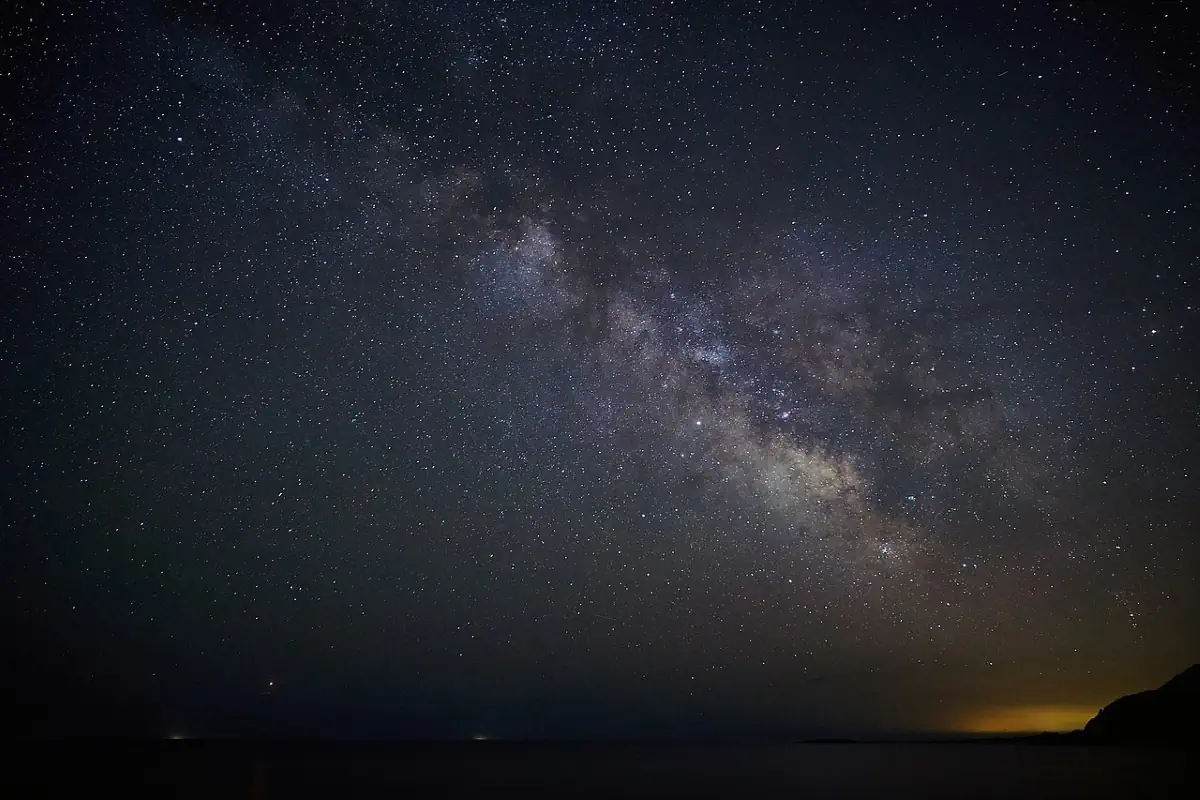
An interesting question: if you look up in the Earth’s sky with the naked eye, assuming you have a healthy vision, how far away can you see? Could you see beyond the Milky Way galaxy, for example?
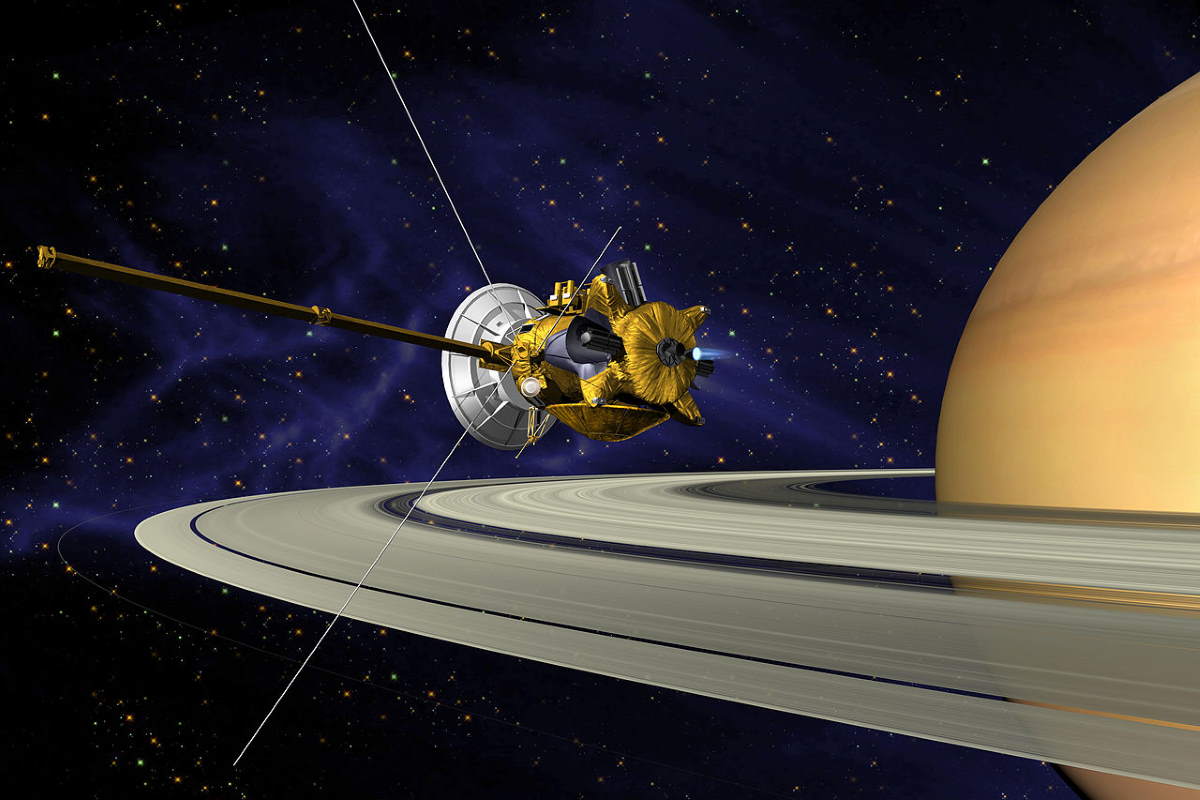
NASA Jet Propulsion Laboratory (NASA JPL) has published a great documentary about Casini Spacecraft’s grand voyage (and its finale) around Saturn. Titled “Triumph at Saturn”, the two-part documentary chronicles the story of NASA’s Cassini mission.
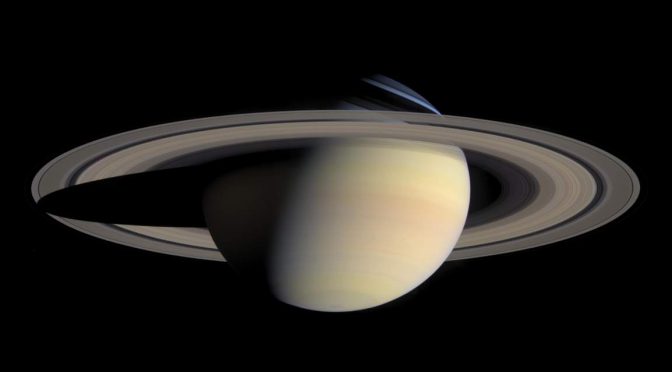
Before the invention of the telescope, no one on Earth knew that Saturn had rings until the 1600s. Galileo Galilei discovered them with his telescope in 1610, but he did not know what these were either. Thus they remained a mystery until 1655 when the Dutch astronomer Christiaan Huygens (see notes 1) figured out that they were actually planetary rings.
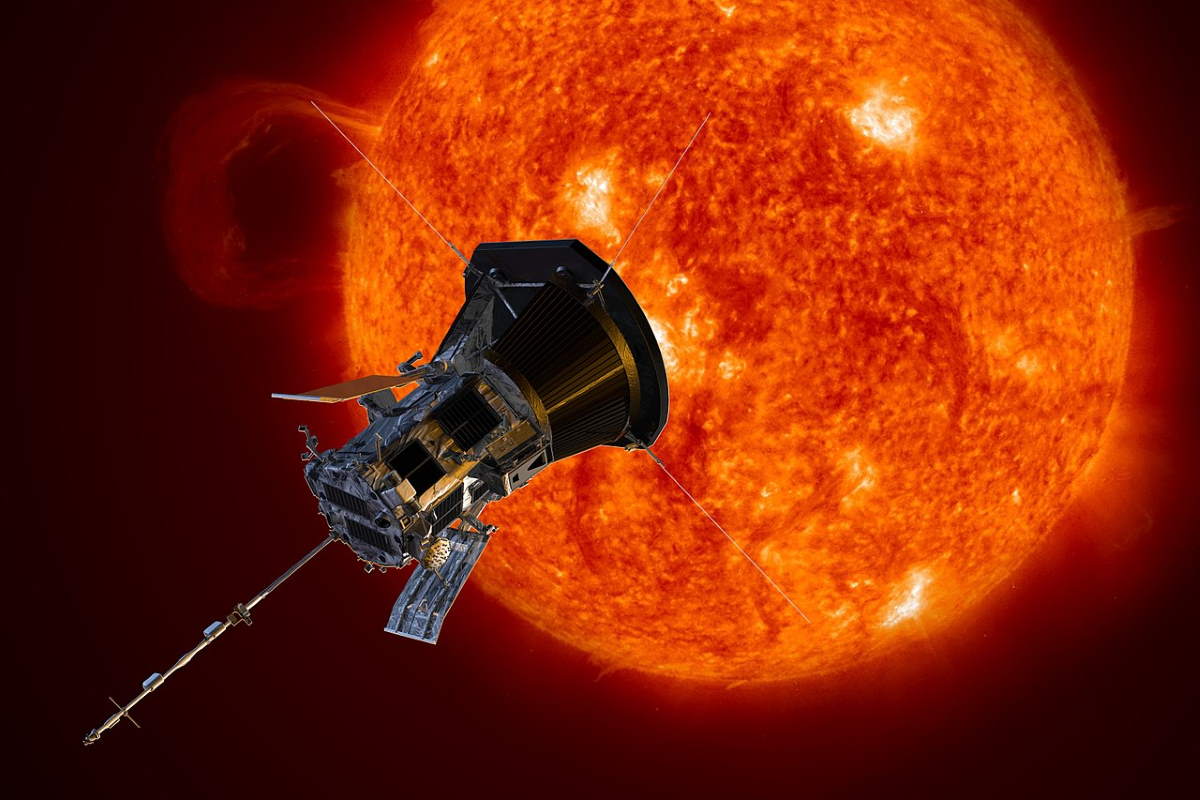
On November 21, 2021, the spacecraft traveled with a velocity of 364,660 miles per hour (586,863 km/h), or 101 miles per second (mi/s) (163 kilometers per second), and once again became the fastest human-made object ever built. That speed is fast enough to fly from New York to Tokyo in just over a minute.
Despite it seeming blazingly fast (and actually, it is), it is only about 0.05437% of the speed of light.
Mars is now a cold and extremely arid desert that is constantly bombarded with deadly solar radiation. It has a very thin atmosphere (it’s really thin, it is practically almost a vacuum) and no liquid water. But that was not always the case. Billions of years ago, Mars had liquid water on its surface. It had oceans, lakes, and rivers. So, how Mars died? How did it lose its atmosphere and water and become the extremely cold, arid desert we know now? Here’s a short video by BBC Earth Lab explaining the death of Mars.
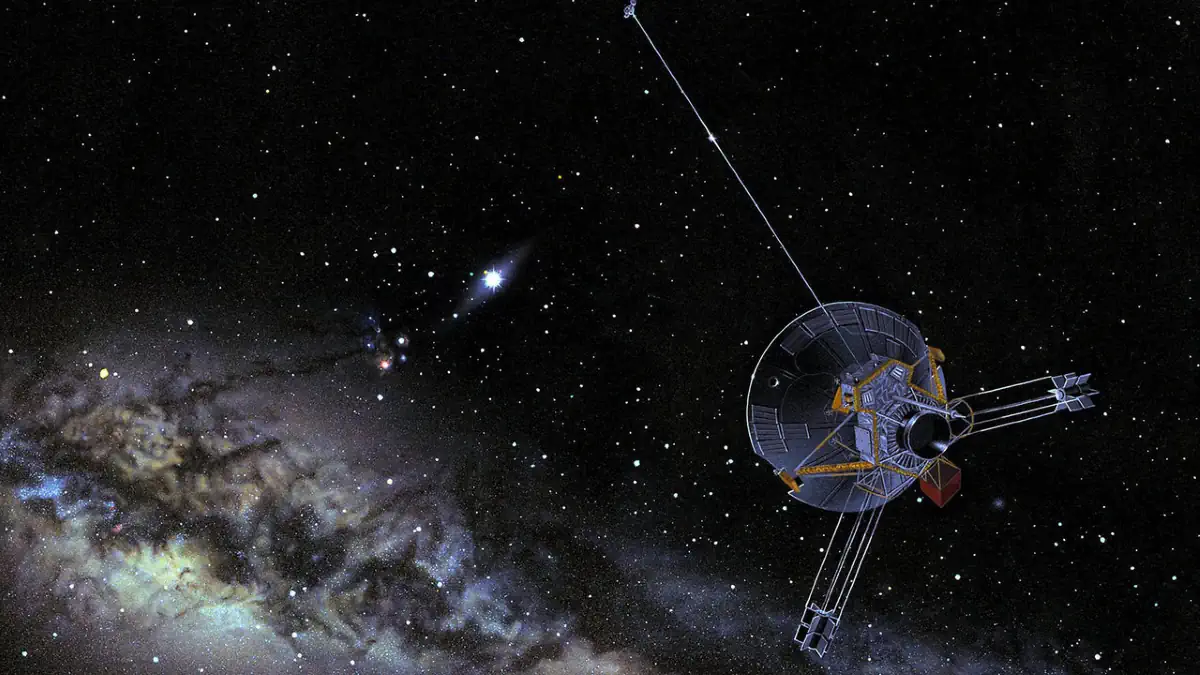
Dozens of space-based telescopes operate near-Earth and provide incredible images of the universe. But imagine a telescope far away in the outer solar system, 10 or even 100 times farther from the Sun than Earth. The ability to look back at our solar system or peer into the darkness of the distant cosmos would make this a uniquely powerful scientific tool.
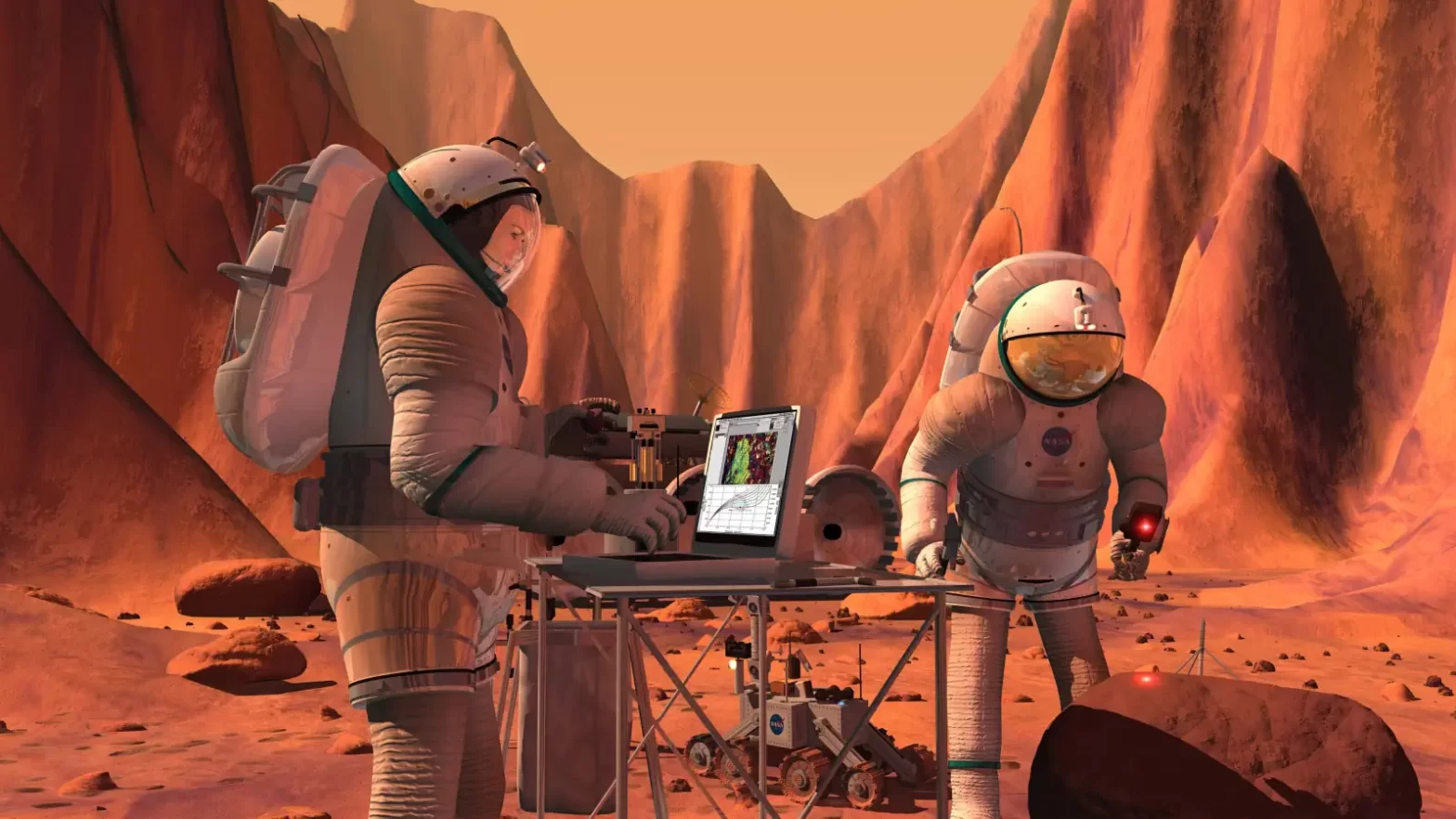
If we can colonize Mars in the coming decades, will Martian colonists be able to access the Internet?
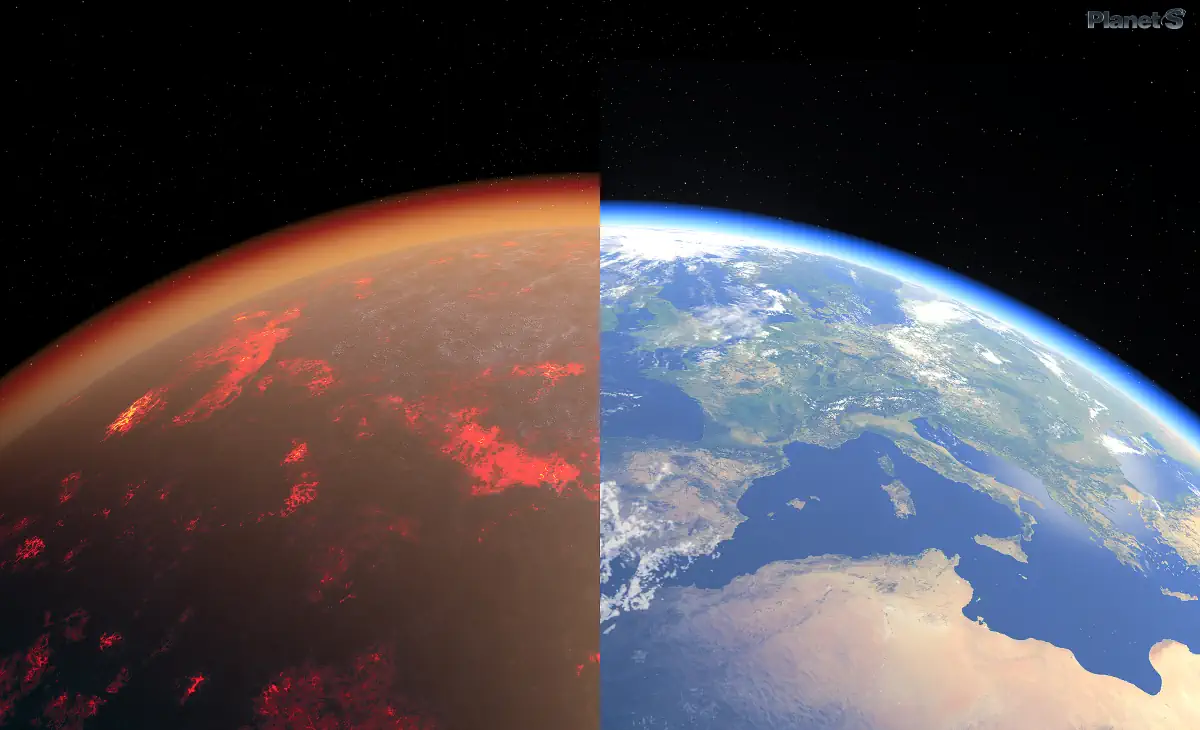
Earth is the only planet we know contains life. Is our planet special? Scientists over the years have mulled over what factors are essential for, or beneficial to, life. The answers will help us identify other potentially inhabited planets elsewhere in the galaxy.
Antony Burnham, Australian National University and Hugh O’Neill, Australian National University

Change-5 represents China’s first mission to return moon samples to Earth, hence marks a major step forward for China’s lunar exploration program. Now, recent analysis suggests that the Moon samples returned from Chang’e-5 tell of recent volcanism.